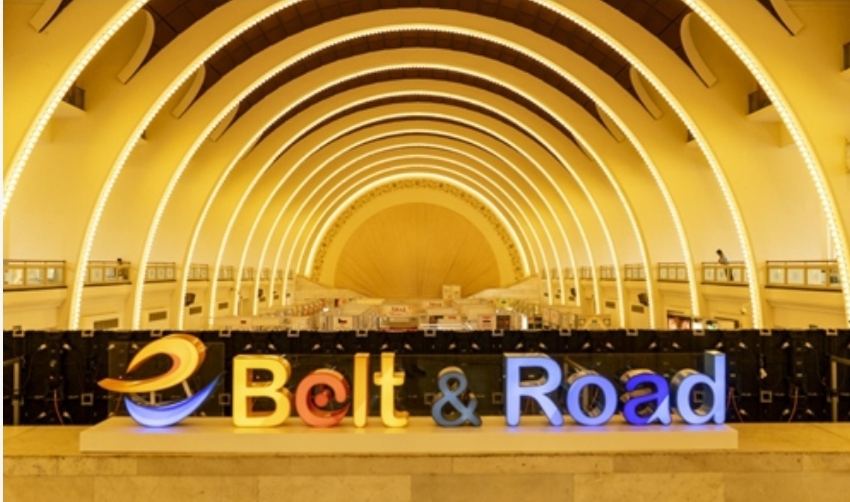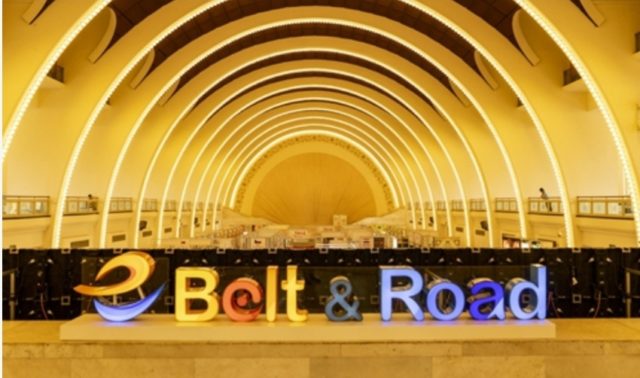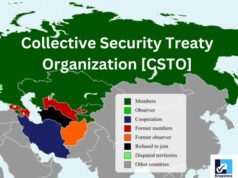BELT & ROAD Initiative Of China A Major Debt Trap For Smaller Countries

When China had initiated its BRI, only one country had opposed it totally and had refused to do anything with it because the China Pakistan Economic Corridor a big part of BRI was violating the Indian Sovereignty. The CPEC passes through a part of Indian Union Territory of Ladhak which is presently under illegal occupation of both Pakistan and China. At that time China had simply ignored this Indian move.
However as on date because of Indian boycott nearly all the European and Other hai countries have refrained from making any investment in this grand Chinese initiative. Most of the countries which fall along the BRI route are also hesitating in committing any further investment in this project. Tgey seem to be losing faith in their approach China. This is the crux of the matter.
China’s ties with these countries are not full of strains. For instance, the settlement of the Myitsone Dam project in Myanmar, which was called off nine years ago, has not yet had a result acceptable to both parties. The BRI instead of promoting good relations between countries along the route and China is generating more of distrust. Chinese companies have been playing an extremely predatory role.
Western media and the US and European Think Tanks see the China-proposed Belt and Road Initiative (BRI) as means to consolidate China’s foreign strategy. Many of them believe that the BRI is part of China’s global strategy that will boost Beijing’s control over relevant countries. The BRI has helped China to take control of the reigns of economies of the countries along the route who have joined it. This
The BRI as part of China’s strategy has not been able to stimulate and promote the development of member countries in the desired manner. Development being the first priority, in the current globalization process development requires cooperation from others too which has been lacking.
The money is being spent by China as per its own strategy and not as per the local requirement. Whereas the interest starts accumulating from day one and slowly but surely the debt which has to paid back to China starts enlarging. As a result small countries have no choice left but start following the directions set by Beijing.
Slowly all the development needs in these countries become dependent on China’s support, and China is also happy to control every other dividends arising. Chinese companies have also started expanding to seek new markets which is fundamentally not very different from the European colonists.
The development of any country across the world requires infrastructure, such as roads, power stations and reservoirs. Without such foundations, development cannot be realized. However it is important for developing countries to figure how much money it takes to build these projects. But what is more important is how to build them, how long it takes to build them and whether they can benefit the people.
Obviously, the BRI can be a win-win global development strategy rather than a zero-sum game. If China can only provide such wonderful opportunities to the countries participating in the BRI, without any strings attached and at low interest rates paid over a 25 year period or so.
However in 2019, has instead of admiring China has started fearing a rising China. One of the explanations for their fear is that while getting aid from China, they tend to get shackled themselves in not only outrageous debt but also in the Chinese geostrategic web.
For a real Win Win situation China has to get out of its old mijnd set and try to understand the BRI from the standpoint of developing countries.




